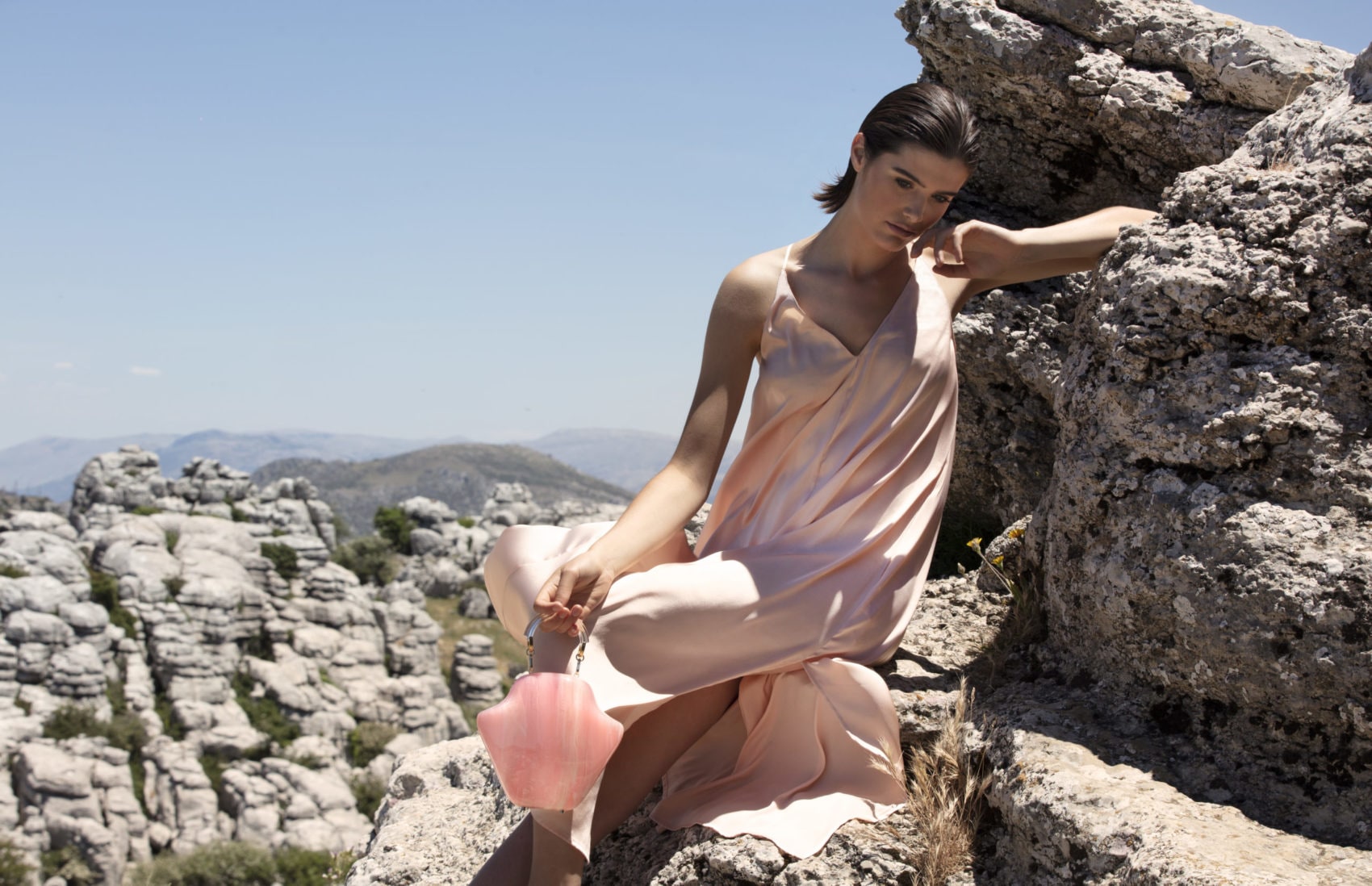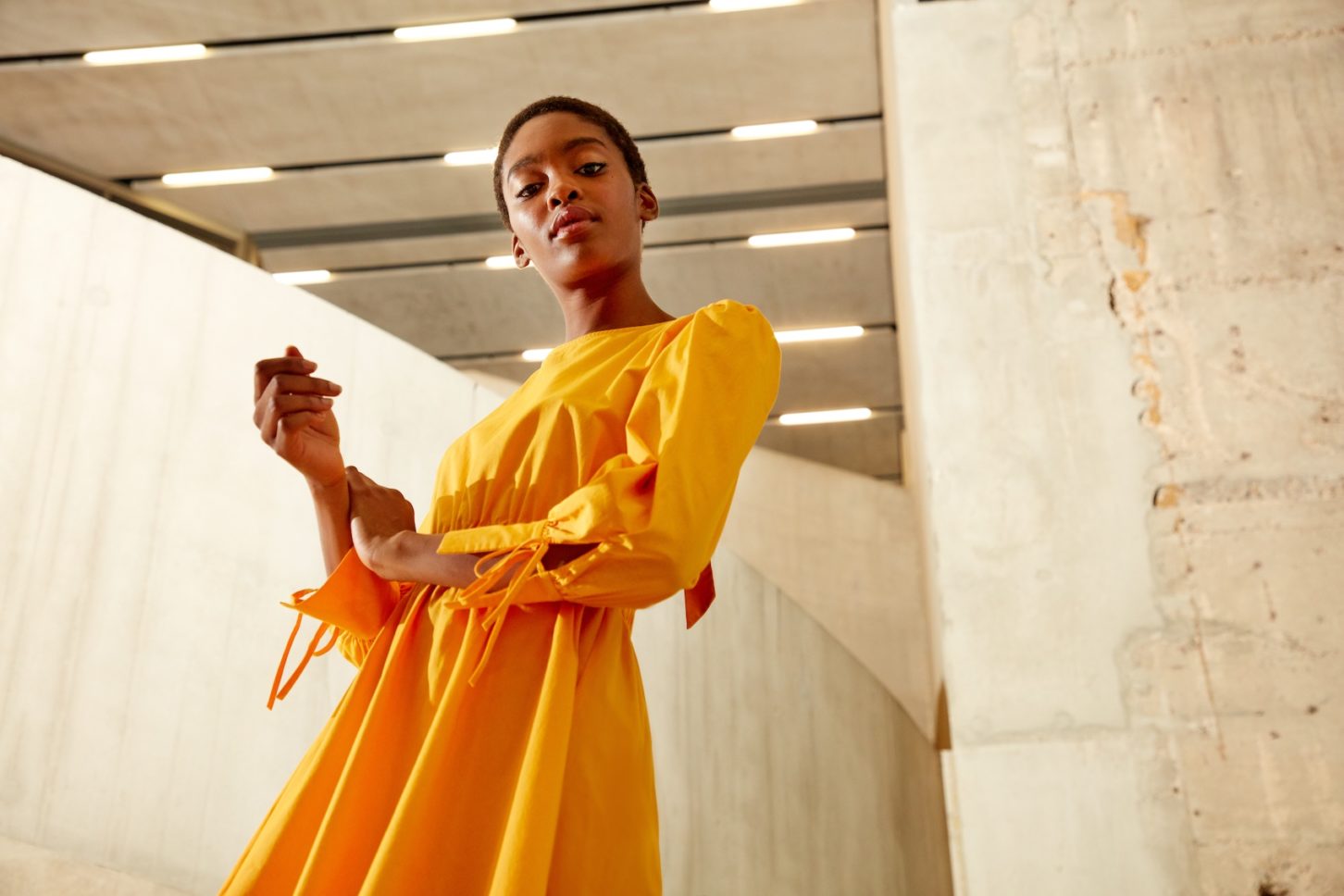Terms like brand strategy, tone of voice, and design direction are normal in today’s world of marketing and brand building. But, visual strategy, direction, and execution seem to be an undervalued and often overlooked element of brand communication.
We see this on a daily basis and wonder why there isn’t more importance and emphasis on this important element of brand manifestation by brands, retailers, and especially the (brand) marketing agencies who advise these businesses.
“It is a known fact that great images and visuals sell more”
Brand, marketing, trading/buying, PR, and e-commerce work in parallel and do not cross over enough. Processes are designed on a functional basis and not on a customer/consumer base; this can lead to disconnected activities and sub-optimized results.
It is amazing to see the disproportionate levels of investment between brand marketing/PR and the actual consumer-facing B2C engagement through e-commerce. One would reason that the e-commerce channel generates more consumer engagement, minutes and brand exposure than any other channel and nowadays it probably is the first or only engagement with an end consumer.
“Great brands control every element of their consumer experience. Burberry, Apple, Ralph Lauren & Nike are great examples”

We believe that brand/retail visualisation needs to be coherent and consistent across all communication channels. I can hear you thinking doesn’t this make it boring and isn’t this limiting to what one can do?’ No, is the clear answer. Coherent and consistent doesn’t mean doing the same everywhere, it means that all the elements are connected through spirit, execution, tone and texture with the aim to engage the consumer, provide them with a retail experience, drive greater consumer loyalty and increase conversion/sales.
“How can you get more impact out of your visual investments?”
Connected strategy and thinking is the answer. What are the areas where we must ask critical questions?
- How do you connect the brand image/seasonal campaign/look book to integrated online digital execution?
- How do you ensure that the seasonal design concepts and buying/merchandising strategy is presented in full online?
- How do you ensure that the brand visualisation is driven all the way to consumer landing pages and product selling pages.
- How do you ensure that the cash flow investment in inventory is represented in your online focus and execution?
- How do I connect bricks and mortar experience with online experience?
There can be many more questions, but the most important element of all of them is consumer perception and experience.

The latest generations, generation Y & Z, have changed their focus and are looking for a sense of mastery & belonging, but this is not the same as the brand trend we saw in the 80’s and 90’s. Their world has changed and the unlimited access to information, communication tools, and increased word of opinions are moving faster than ever before. Still, one thing hasn’t changed at all, visual communication is more powerful than written or spoken communication.
“If a picture paints 1,000 words then one minute of video is worth 1.8 million, so say Forrester’s researchers.”
If we bring it all back to images and image execution, what do we need to think about?
- Styling of the product across all visuals
- Background of the images connected to seasonal tone & texture · Lighting textures to ensure same feeling and correctness of colour
- Outfit building connected to the brand vision and merchandising mix
- Movement, poses, and type of shot to replicate brand spirit/feeling
- Home & landing pages to connect back to seasonal brand execution and driving the consumer to key products
- Product pages to show inspiration and direction connected to seasonal direction/campaign
- Replication of lifestyle brand/marketing images on product pages
- Utilise key seasonal/sub-seasonal products as much as possible across all outfits to amplify and emphasise their importance
- Ensure trueness of the product, show each product in its natural way to ensure the consumer sees what they buy, and to limit returns
As a digital content creation business, we love to sit down with our clients and discuss the visual direction. We believe that the impact on the conversion/sales/returns/consumer adoption is underestimated and more focus and attention is required on this important topic.

So, does the focus need to shift? The answer is no, not per definition. The focus needs to refine and tune. Connectivity across the various visual activities needs to be amplified to provide that holistic consumer journey/experience.
